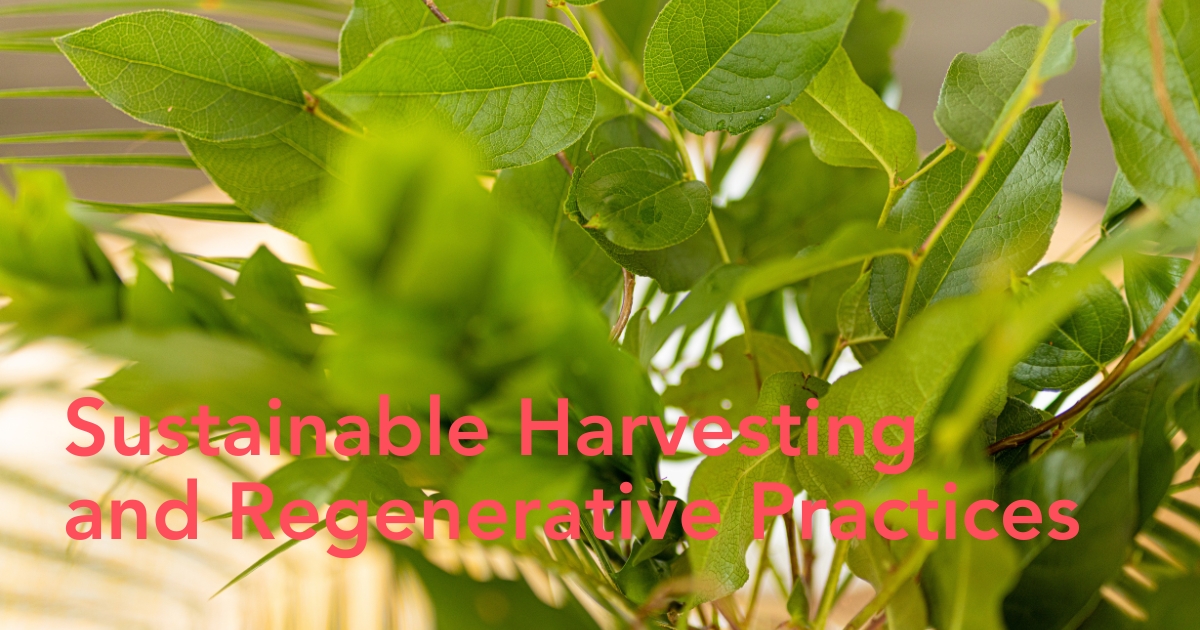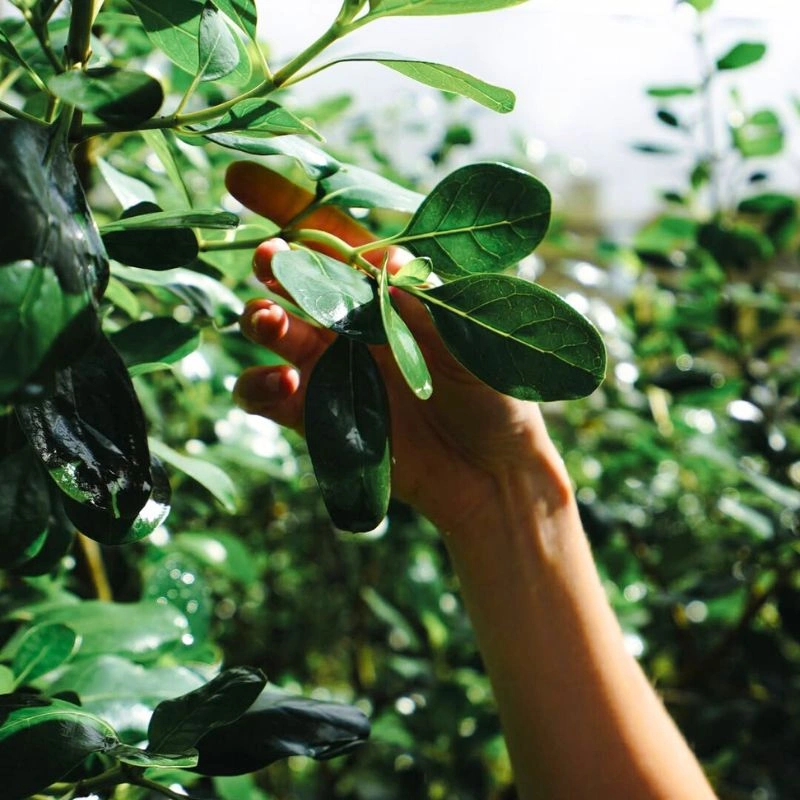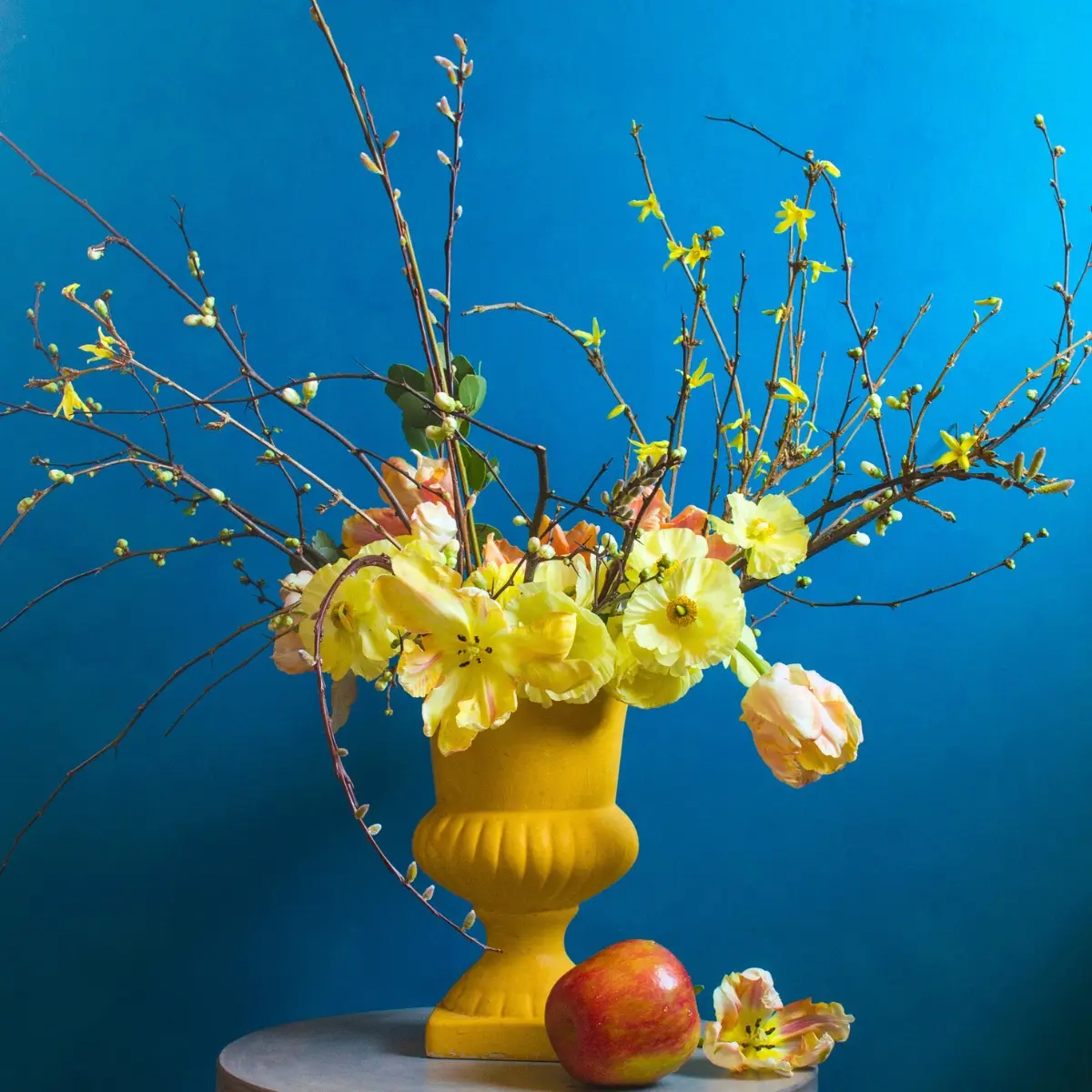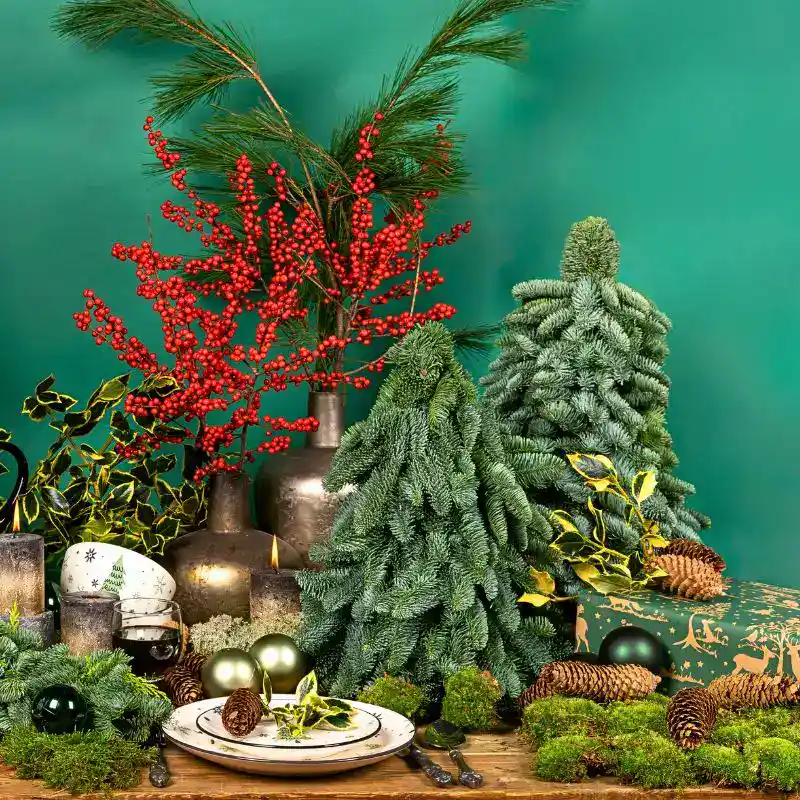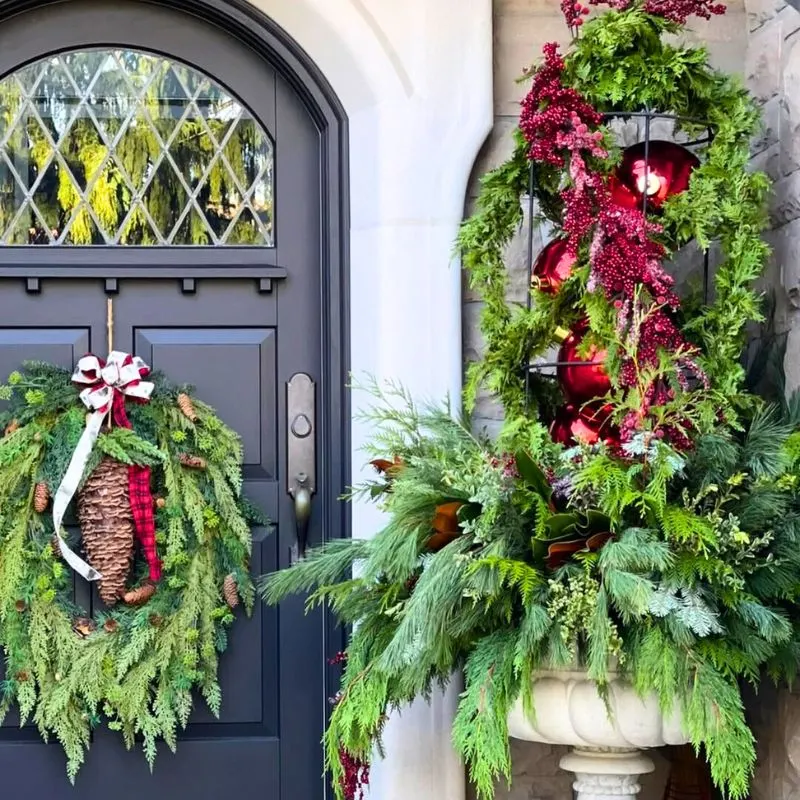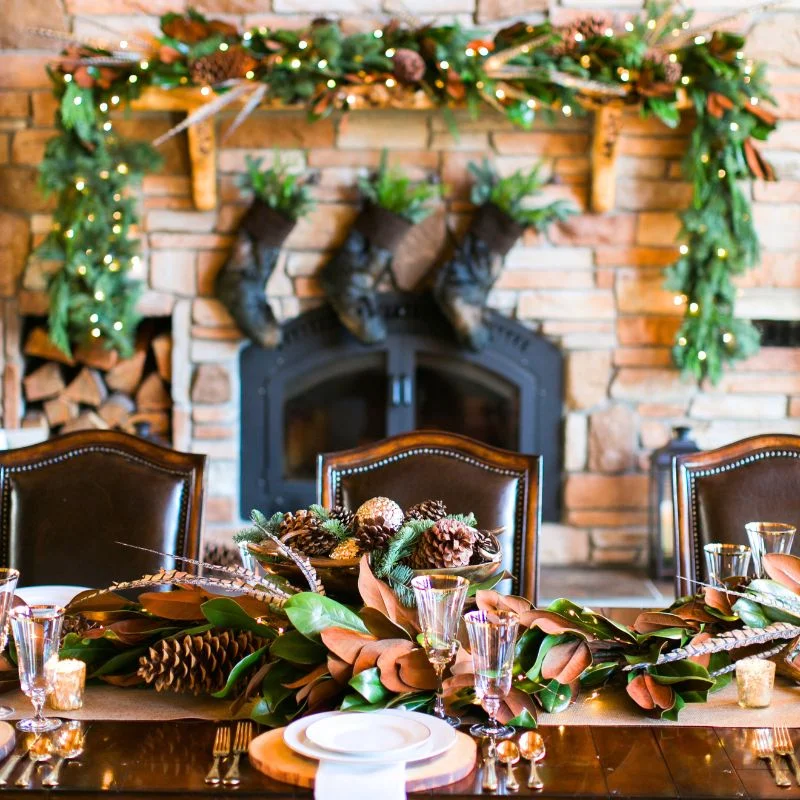Nature operates on its own clock, creating wonders that cultivation simply can't replicate. Continental Floral Greens brings to light wild-harvested products by managing 3.5 million acres of forests through sustainable harvesting and regenerative practices. Keep reading to know more about the sustainable art of wild harvesting and why you should ask for your favorites now!
The Story of the Land
Within the Pacific Northwest's mist-covered mountains and forests lies the ideal habitat for wild floral products like salal, sword fern, huckleberry, rush, and beargrass. These lands, stretching from Washington's Olympic Peninsula to Oregon's coastal ranges, provide a cool, moist, and diverse climate to naturally grow some of the floral industry's staple greens. These products grow exclusively in these climates, thriving due to the region’s unique environmental conditions.
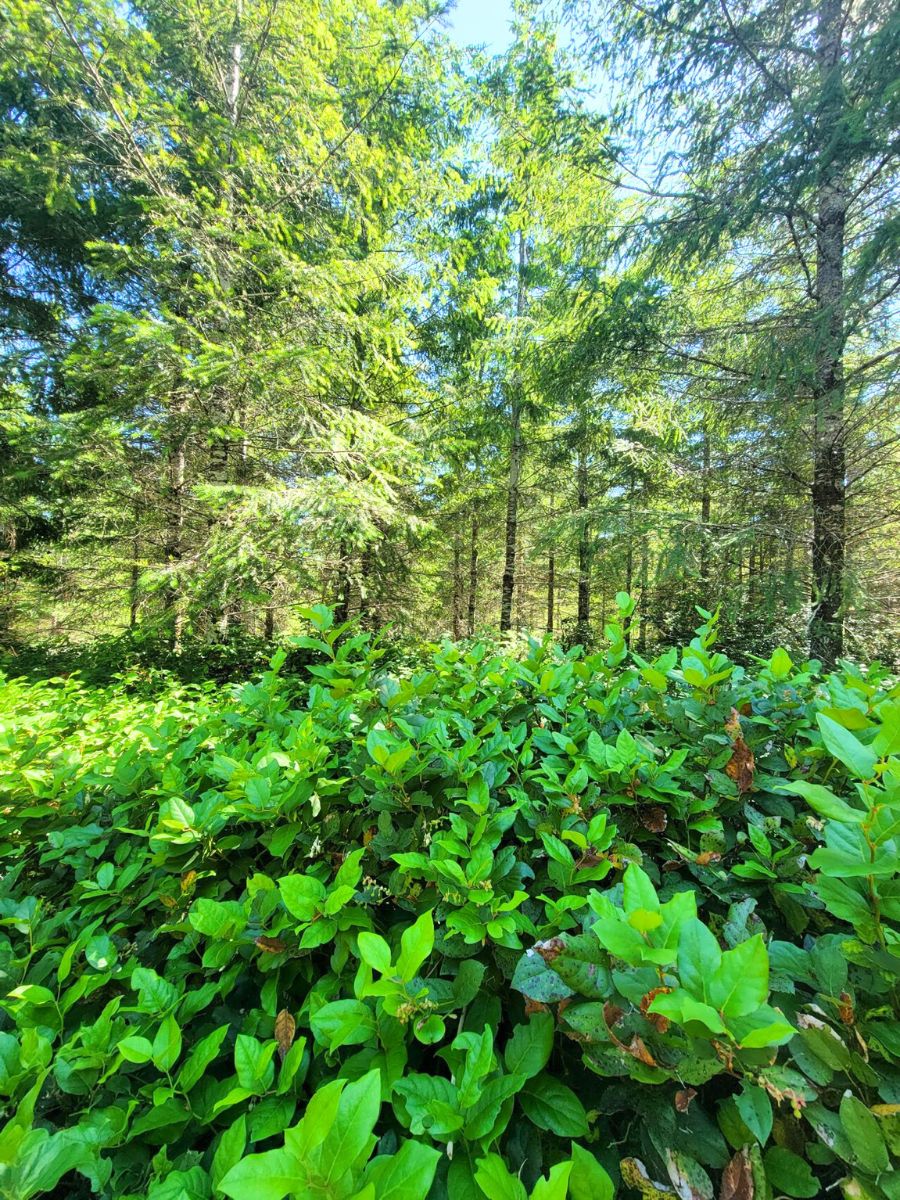
Indigenous communities have historically valued these wild greens for medicinal, food, and ceremonial purposes. For example, the Quinault tribe traditionally used beargrass for weaving baskets, highlighting the long-standing cultural significance and practical uses of these natural products.
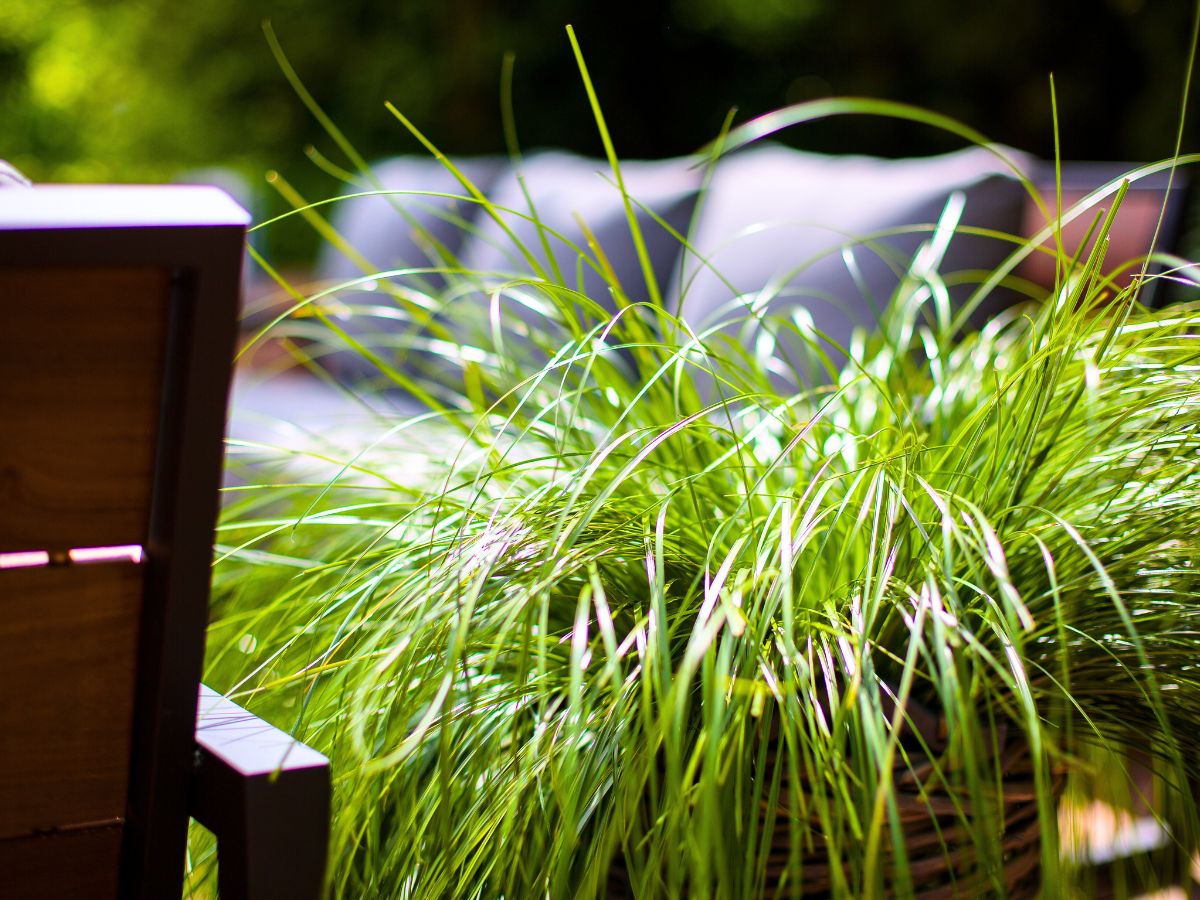
Shared Ground, Shared Goals to Grow a Better Future Together
Continental Floral Green's multi-year leases with trusted landowners, such as Rayonier, allow the company to sustainably manage and harvest these wild resources. These agreements ensure consistent quality and availability while actively promoting forest health, biodiversity, and carbon sequestration. But what about the art of wild harvesting? What does it mean, and how was it achieved over the years?
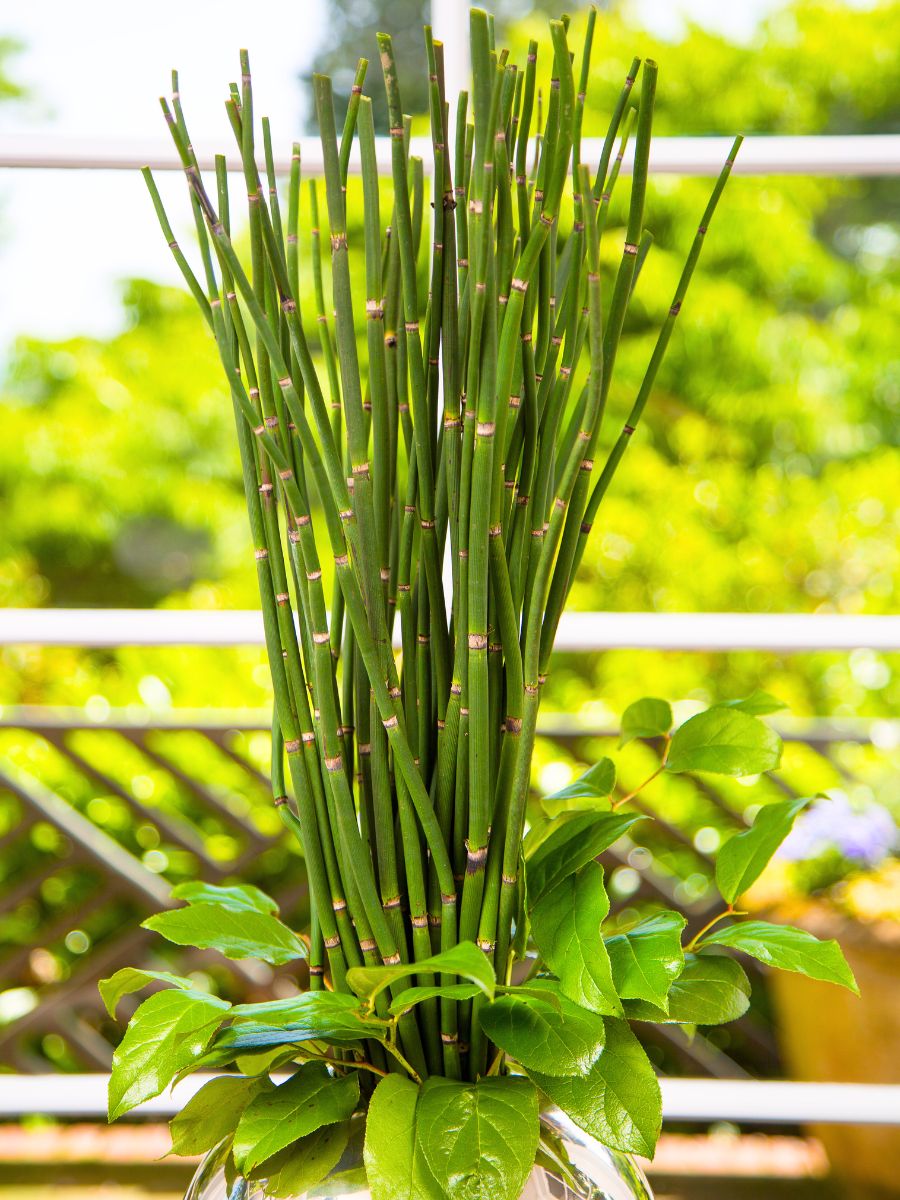
The Art of Harvesting
Wild harvesting is a tradition refined over decades. Historical documentation from The Saturday Evening Post (October 6, 1951) highlights the early days of this industry. In 1919, G.R. Kirk began packing and shipping sword ferns nationally, recognizing their superior qualities over the seasonal 'fancy ferns' from Vermont. Sword ferns, found abundantly on the rainy slopes of the Cascades, Coast Range, and Olympic Mountains, quickly became a florist favorite due to their year-round availability and resilience, even surviving light freezes.
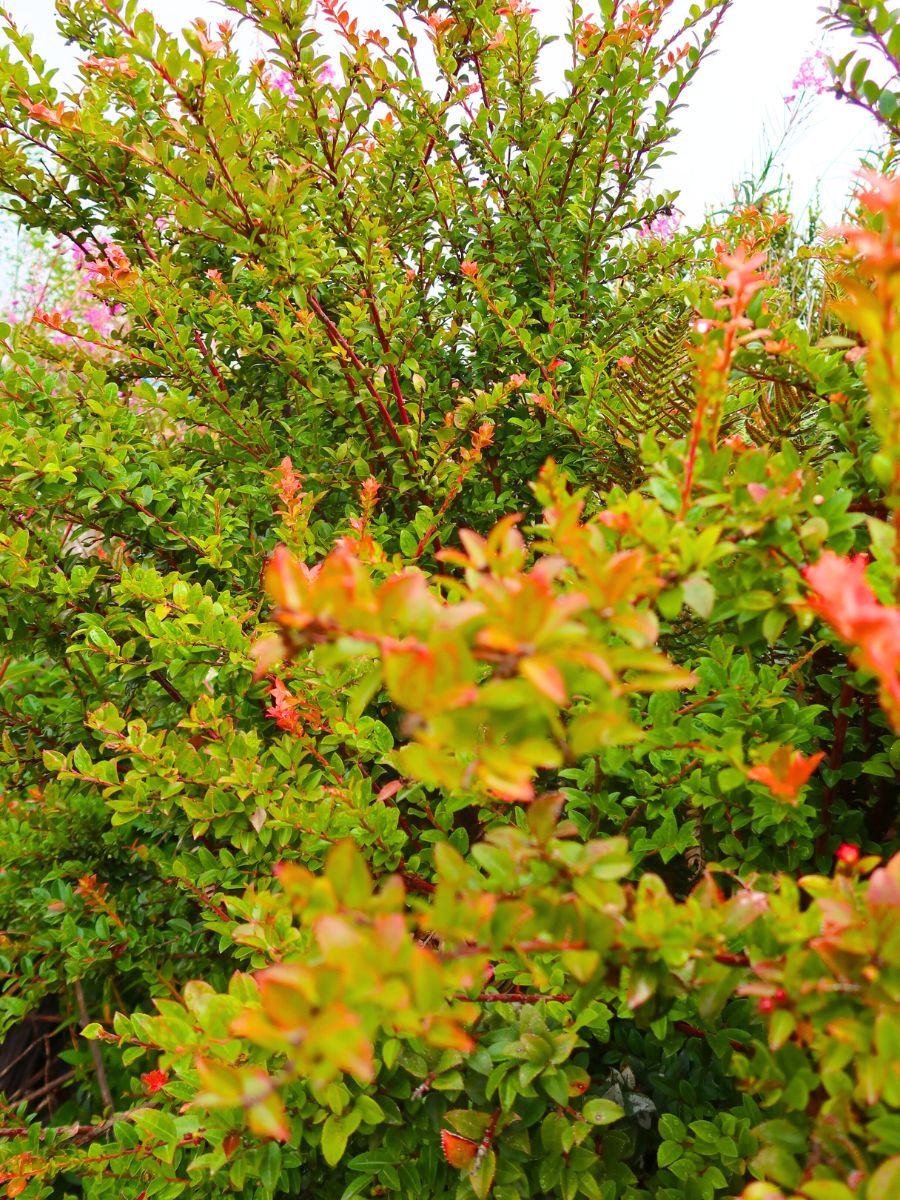
By the late 1920s, Jack Kervan significantly contributed to popularizing huckleberry brush within the floral market, while Isaac Callison of Aberdeen, Washington, established a thriving brush-packing industry in the early 1930s. Salal also gained popularity around this time due to its durability and attractive appearance, becoming widely preferred by florists.
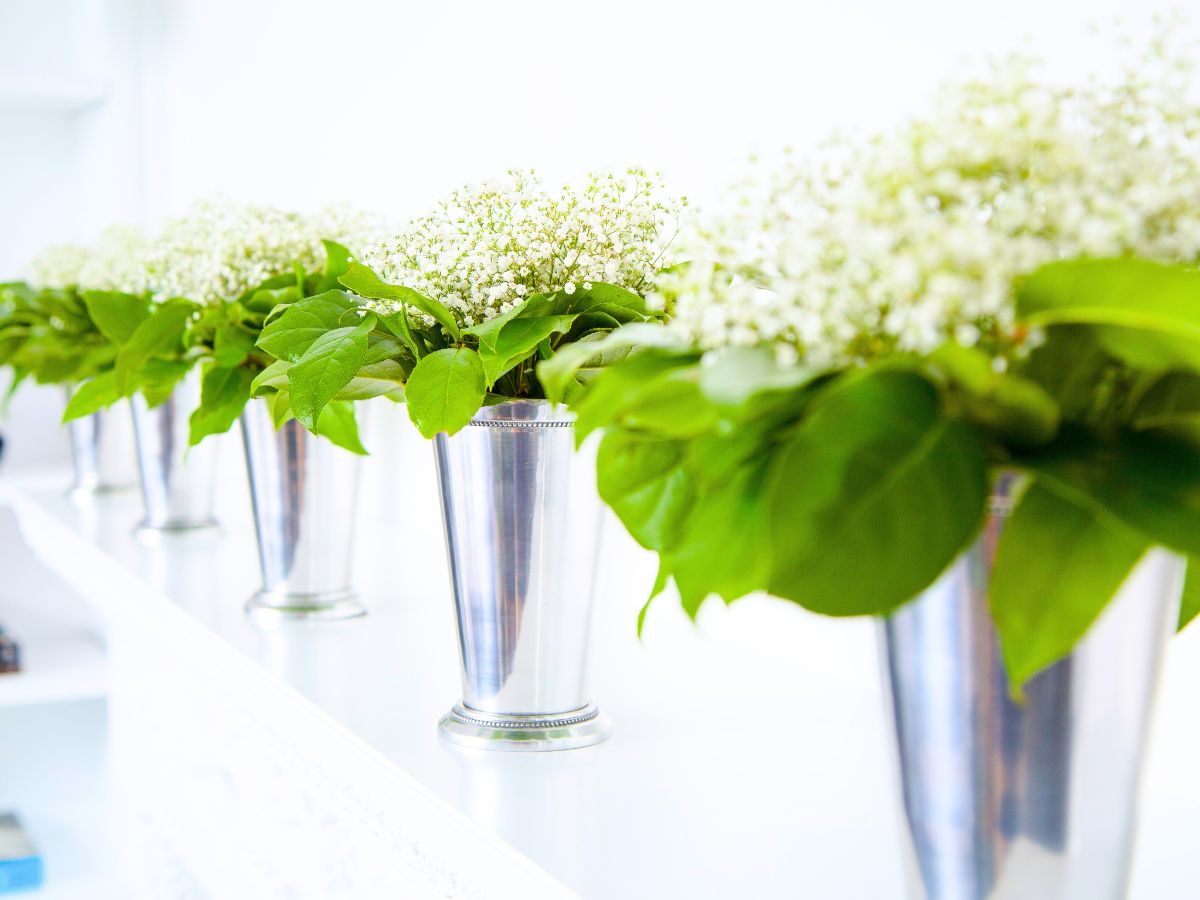
Initially, local families and loggers harvested these products during off-season periods, leveraging their familiarity with the land. By the 1970s, immigrant workers from Latin America and Southeast Asia became a significant part of the harvesting workforce, adding to the community's diversity and knowledge.
Beargrass, sustainably, wild-grown
Fresh Products, Hand-Picked
Today, their skilled harvesters come from families deeply grounded in this tradition, carefully hand-picking each product. They follow strict safety precautions, as these forests are teeming with wildlife and often located on active timber lands. Some sections of these properties go decades without timber harvesting, allowing careful and selective access.
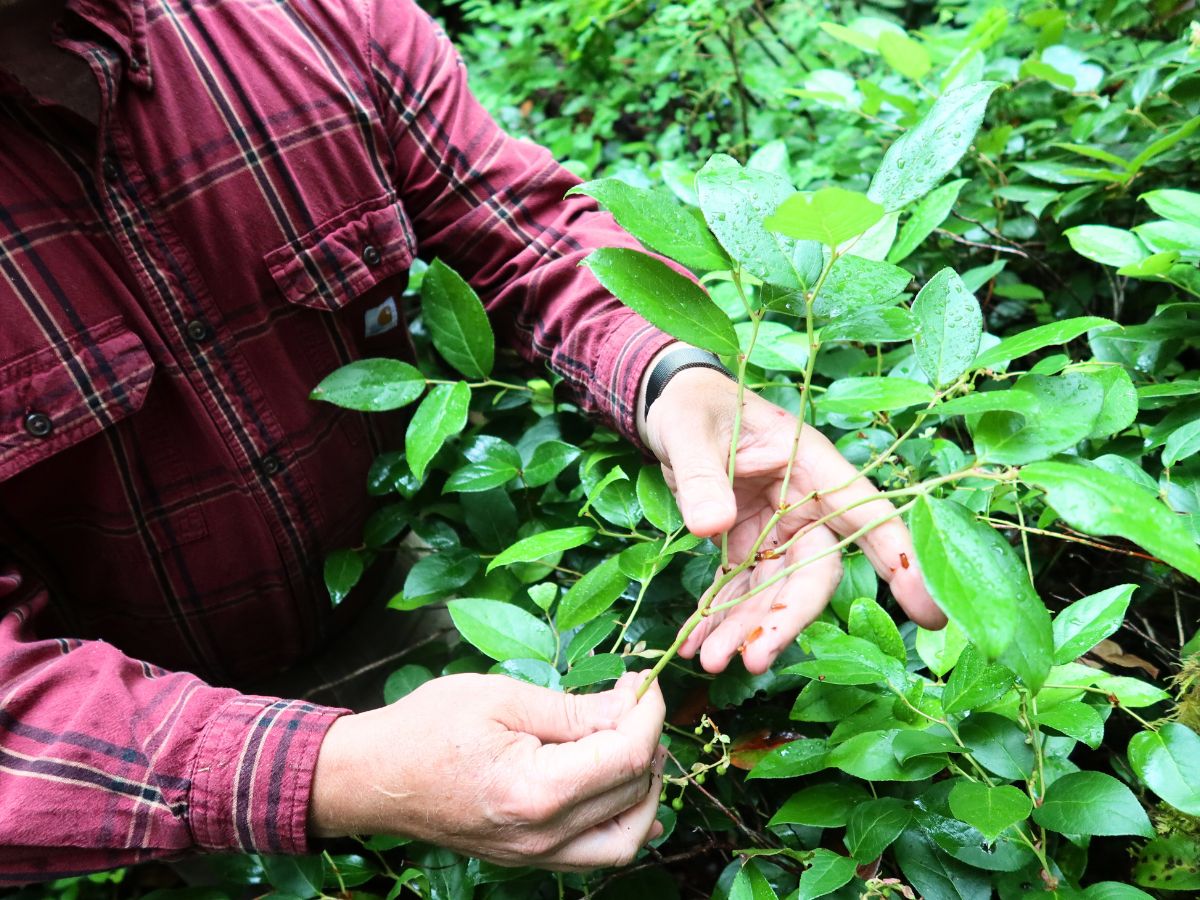
Harvesters emphasize leaving the forest better than they found it—clearing debris, removing trash, and ensuring harvesting methods promote future growth. Salal, for instance, is gently hand-picked to support its natural regeneration rather than cut with knives
Continental Floral Greens also meets significant international demand, especially in Europe, where these wild-harvested products have been popular since the 1970s due to their durability and ability to maintain freshness for months when stored properly, making them ideal for export.
Wildly Beautiful in Floral Design
Wild-grown products bring authenticity, hardiness, and distinctive charm to bouquets, arrangements, garlands, and wreaths year-round. At Continental Floral Greens, they proudly harvest some of the best greens, such as:
- Salal: Available nearly year-round, except during the soft summer season. Known for its sturdy stems, exceptional longevity, and ability to remain fresh for months in a florist’s cooler.
- Sword Fern: Harvested throughout most of the year, this product offers graceful fronds ideal for dense arrangements. Best of all? It has an impressive longevity.
- Beargrass: It is available all year, making it a flexible product for shaping and looping. If you're looking for something that stays fresh and green for a prolonged period of time, this has to be one of your top choices.
- Huckleberry: Wild-harvested, seasonal, and sturdy—this is the kind of foliage that makes you ask, 'Where can I get more of that?'
- Rush: Sharp lines, long life, and just the right edge to break the monotony of any bouquet.
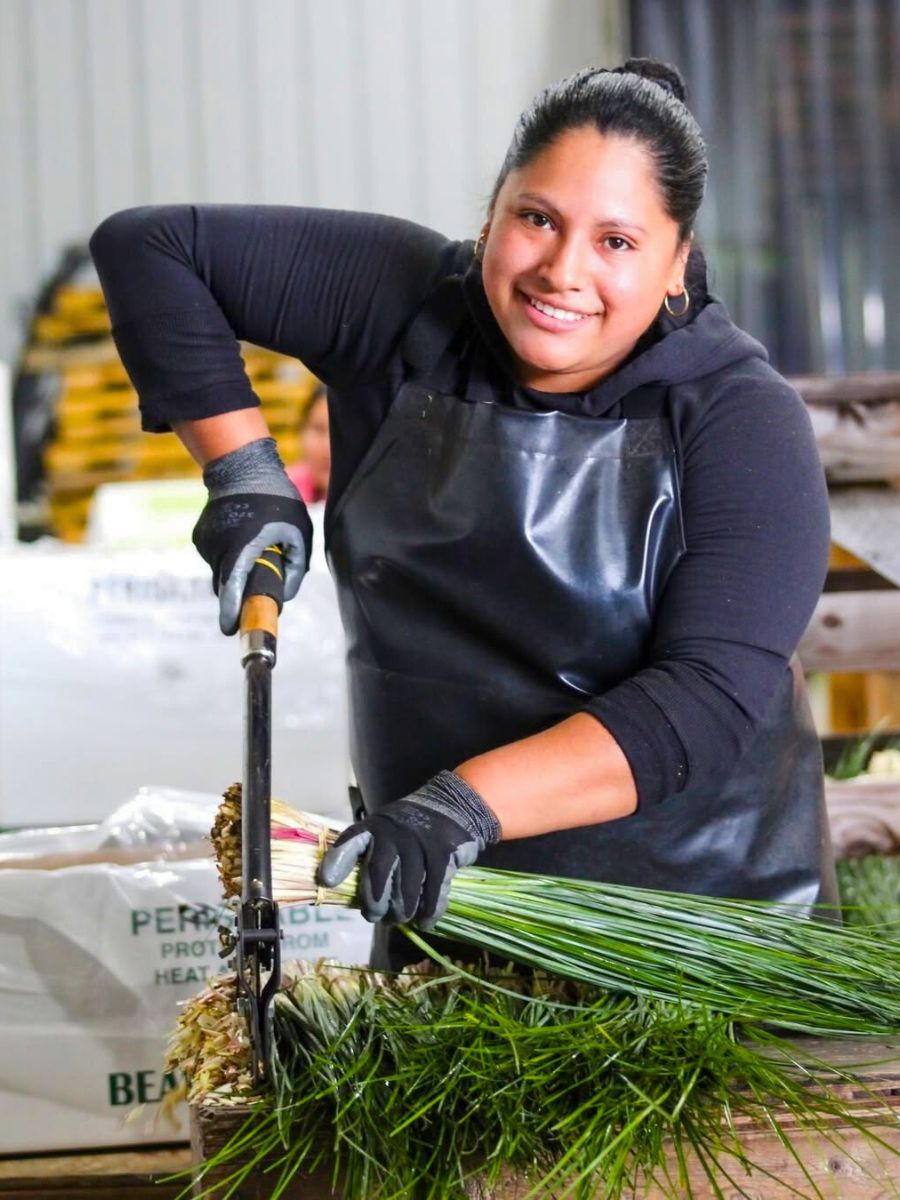
Additional Wild-Harvested Products
In addition to the above, Continental Floral Greens also wild harvests a variety of other products, including:
- Mahonia has strong lines and deep green tones that hold up well in any arrangement, adding structure without stealing focus.
- Forest moss: Naturally dense and fresh-looking. It covers mechanics cleanly and gives arrangements a lived-in, grounded finish.
- All types of pinecones are dried straight from the forest, each one adding texture and a seasonal feel that makes designs look thoughtful and collected.
- Western sword ferns layer in a fresh green base that pairs easily with just about anything.
Wild-Harvested Evergreen Varieties
These products feature prominently in their holiday centerpieces, wreaths, and garlands, bringing the beauty from the Pacific Northwest into homes and celebrations. They boast some of the longest cooler shelf lives among floral greens, making them ideal for florists. Note: The company's evergreens are harvested from both their mountain properties and their wild harvest leases, ensuring a range of naturally beautiful foliage while supporting responsible land stewardship.
- Noble Fir
- Cedar – Incense, Port Orford, Western Red, and Cone
- Douglas Fir
- Juniper
- Pine – Lodgepole, Shore, and Princess
CFG’s purpose is to bring more awareness to the origins of what fills our vases. Wild-grown greens come from real places — managed landscapes, careful hands, seasonal rhythms. Choosing them is a way to support the people and practices that keep these ecosystems healthy. When florists and buyers start asking for wild-harvested options by name, it shifts the whole system — from supply chains to stewardship.
But the story doesn’t end there. Beyond the mossy trails and shaded fern beds by the coast lies another world entirely-higher, colder, and just as vital to who the company is. Continue to read part 2: The story of their mountain evergreens and the forest that makes Christmas possible.

